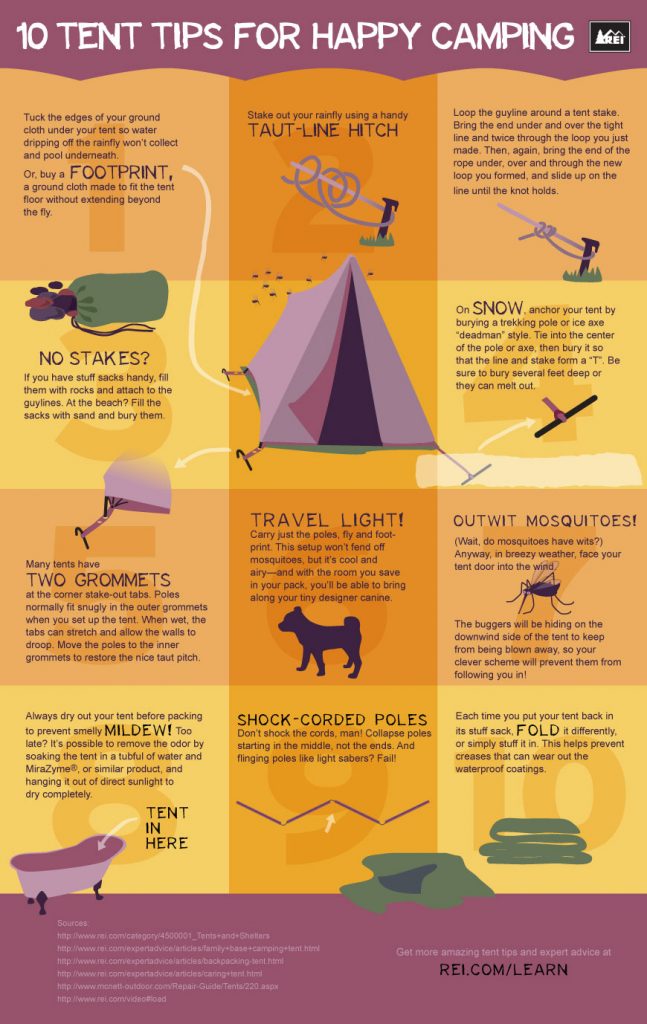Whether your outdoor tents came with guy lines pre-attached or you're using your own, making certain they are tight and effectively placed is essential to avoid damages and enhancing security. Guy lines (likewise called person ropes) link the outer walls and rainfly to anchor points-- commonly camping tent risks, yet if ground problems require it alternate solutions can be used.
Tensioning
If you have actually ever before set up an outdoor tents and discovered the roofing system to be less than taut or the external wall surface sagging, you probably weren't effectively guying it out. These lengthy cords, or ropes, are called guy lines and are made to connect to specific factors on the rainfly and camping tent frame. They expand external and stake right into the ground, stabilizing the framework against side wind forces that would certainly or else misshape or harm camping tent textile and seams.
Applying wind mitigation approaches, on a regular basis checking and readjusting man line stress for temperature level changes, and safeguarding stakes to the ground aid to avoid architectural stability issues throughout usage. Furthermore, cleaning up the whole tent to eliminate accumulated mildew and mold and mildew is necessary for preserving devices security and longevity.
Supporting
The majority of outdoors tents come with grommets or loopholes for man lines constructed into the external fly of the framework. These crisscrossing cords are crucial when you want your outdoor tents or awning to stand up to gusty wind problems.
The trick is making sure that each individual line is tight sufficient to hold the outer fly and camping tent body tight, but not so tight that it places undue tension on any kind of attachment points or the fabric itself. yurt For that reason, it's best to use a line tensioner and take your time when tightening tent guy lines so that they do not stress or harm the add-on factor.
Whether you're leasing or purchasing a tent for an event, it's essential to match the frame parts, fabric, and supports to the weather prediction and area of your camping area. For instance, if your event is being held outdoors, using heavy ballasts like cinder block or water barrels to supplement ground risks can help to resist high winds.
Maintaining the Rainfall Fly in Place
Keeping the rainfall fly taut and not touching the tent body helps to stop water transfer from outdoors to inside. This also boosts air movement and produces a drier, much more comfortable outdoor camping experience.
The crisscrossing cables that include numerous tents, awnings and sanctuaries may look like a nuisance, yet they're crucial for maintaining your camping tent in high winds. They work to draw external tension on the tent structure and stand up to a lot even more pressure than the thin, brief stakes that come with the majority of equipment.
Utilizing the line tensioner, systematically tighten up each man line around your tent till it's firm yet not excessively tight. Make certain to have sufficient back-length for a strong, safe and secure knot. When you're finished, see to it to eliminate each of the lines and set them bent on dry prior to packing them away. This will protect against the accumulation of mold and mildew and prolong the life of your canvas outdoor tents or rainfly.
Defense
The added support given by guy lines aids to maintain a camping tent, also in windy problems. They help to neutralize lateral winds that would certainly otherwise transform a camping tent right into a makeshift parachute, giving stability and shielding campers from prospective damage.
Using guy lines additionally enables improved air flow within a tent. By promoting a splitting up between the rainfall fly and tent body, person lines maintain moisture and condensation from accumulating inside.
It is necessary to remember that a person line should be adapted to be tight, however not extremely tight. Tighter lines might put unnecessary stress and anxiety on the material and add-on points, potentially harming the tent or developing a hazardous setting for campers. A simple bowline knot is the suitable way to protect a person line, making it easy for campers to change and separate when required. Keep a set of additional hefty fixes for your tent in your car for when you're camping on tough substrates like dirt, sand or mud.
